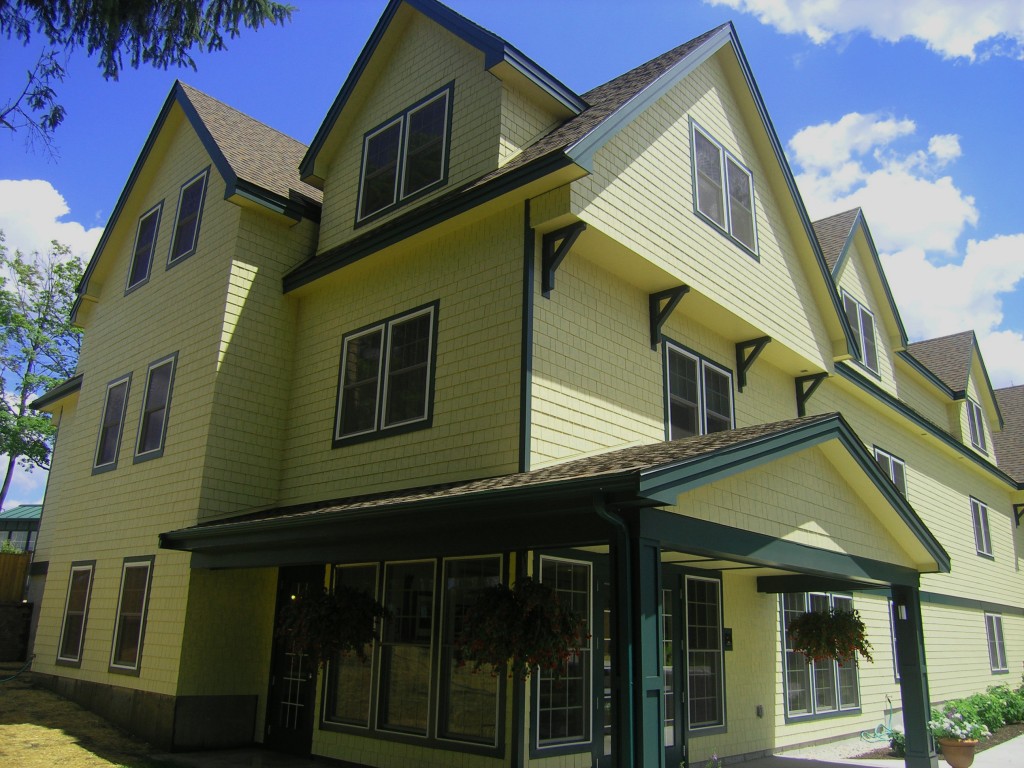Part of a series of ad hoc recommendations for autumn golf options. Fall seems by consensus to be everyone’s favorite time to tee it up, and the feeling is especially fervent for those of us in the Northeast, where the season can never last long enough.

An 18-room Carriage House, opened during the summer, is the most recent addition to Cranwell's accommodations.
Within that context, no region conjures up autumn brilliance more than the Berkshires, in Western Massachusetts. Play a golf course designed by a hugely influential Golden Age architect familiar mostly to devout design buffs. Be in striking distance of New England towns from central casting, like Stockbridge and Lee. And stay in a resort, Cranwell, of the kind that seems to exist only in the older Northeast.
Officially Cranwell Resort, Spa & Golf Club, the place is at once quaint and, with the mansion that is its focal point, grandiose. Built in the opulent late 1800s, the property, like the region itself, has a multi-layered history including several owners and stints as Berkshire Hunt and Country Club and later a private school for boys.
Today Cranwell is a healthy neighborhood institution in a way that a newer resort can never be. In addition to 114 guest rooms, including 29 suites, there are conference facilities and a 35,000-square-foot spa. There’s also a 60-acre golf teaching facility with all the requisite game-improvement technology, three practice holes and a hitting barn.
The golf course is a par 69 (70 for women), slope 123, an “antique” that seems perfectly of a piece with the resort. Just 6,000 yards from the back tees, it’s the work of Wayne Stiles and his near-constant collaborator, John Van Kleek and dates to 1926. Stiles is actually responsible for 146 courses in 21 states, mostly in the east, but he was especially prolific in New England.
Classic Stiles design features at Cranwell include narrow necks to negotiate in run-ups to green complexes, many of which have shelf or push-up configurations and are on the small side; bunkers that are often hidden, sometimes by long fescue; and fairways sloped toward putting surfaces, creating multiple permutations for calculating correct trajectory.
Like many architects working without heavy earth-moving equipment, Stiles was adept at creating separation between holes, using the available landforms. At Cranwell this must have been comparatively easy, as most of the holes are completely isolated from one another on an expansive lot. It’s a desirable feature, especially on a glorious fall afternoon, but also the source of my only quibble with the layout, namely that it’s not really walkable. Perhaps this, too, makes sense in the resort context, however.
Stiles certainly designed many courses in the area that beg to be walked. In fact, a “Stilesfest,” using Cranwell as a base, would be hard to top as a long golf weekend. Within striking distance are the bargain-priced Pontoosuc Lake ($25 on weekdays) and the technically private but usually approachable Wahconah and Country Club of Pittsfield, great walking courses all.
Forty-five minutes away, in Williamstown, is – sorry, can’t resist – the iconic Taconic, home course to Williams College, perpetual presence on best-of lists and one of the prettiest palates for fall foliage anywhere.
# # #
